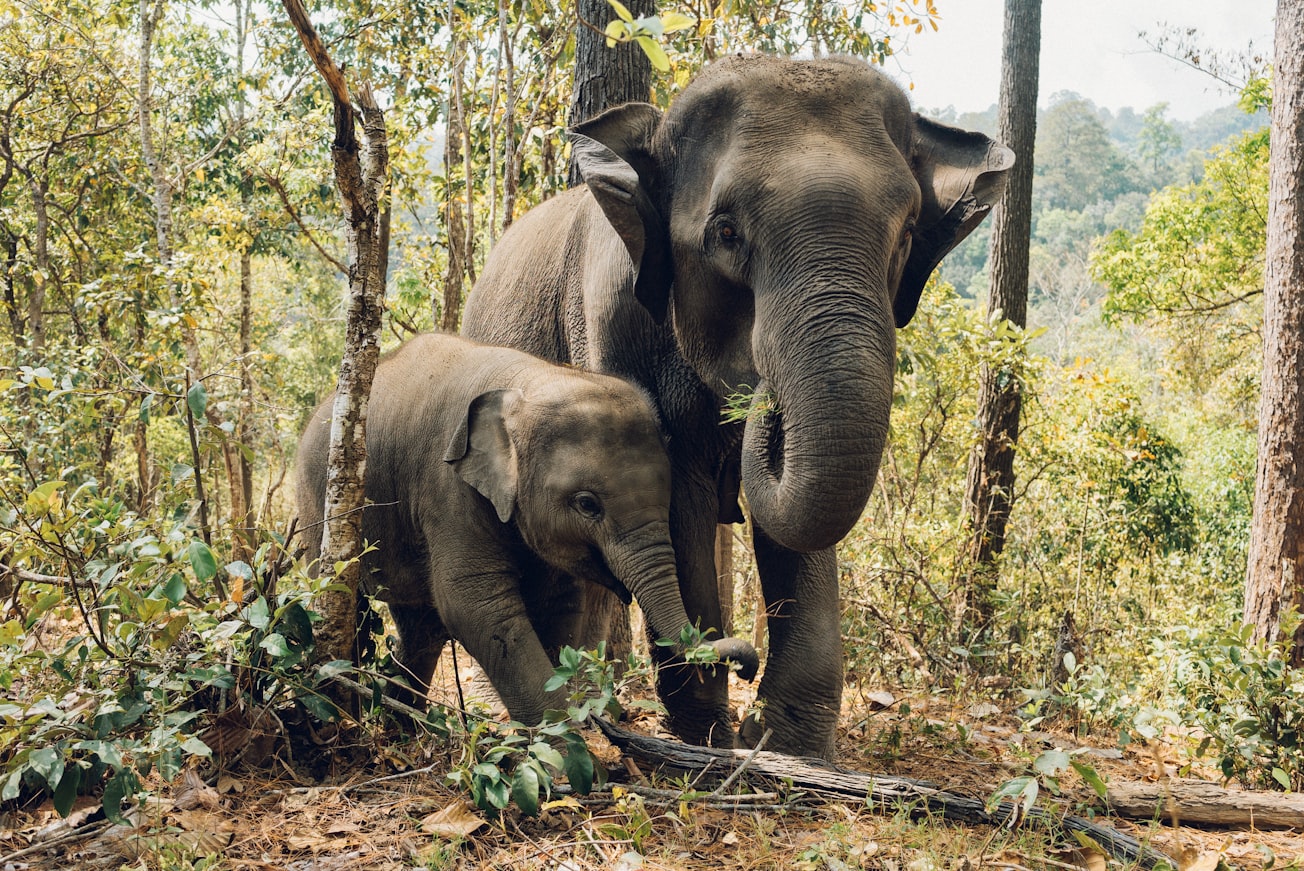What is it about?
Throughout the tropical regions, raising demands for the land due to the exponential growth of the human population has resulted in habitat loss and fragmentation for wildlife. Consequently, wild animals come out from the fragmented habitats and compete with the human for resources. In order to reduce this conflict, sustainable habitat management balancing the socioeconomic needs of the people is of the utmost importance. The present study is an effort to assess the elephant’s habitat suitability in the trans-boundary forested areas of India and Bangladesh, Patharia Hills Reserve Forest. This is an important study considering the increased human–elephant conflict in the area, and also the area is home to many IUCN’s red-listed animals including Chinese pangolin, spectacled monkey, capped langur. Field surveys were conducted to collect the elephant distribution data and identify potential anthropogenic disturbances. Remote sensing and geographic information system along with analytical hierarchy process were used in the methods for modeling habitat suitability to identify habitat parameters and preparation of suitability maps. Vegetation status (32.50%), settlements (23.30%), elevation (17.20%) and water sources (12.70%) were found to be the most weightage parameters for the movement of the elephant. The study on elephant habitat suitability mapping in the trans-boundary forest revealed that 6.88% area of the habitat is highly disturbed, 36.07% area is somehow disturbed, 35.38% area is moderately suitable and only 21.67% area is most suitable for the Asiatic elephants. Identification of suitable areas and potential factors disturbing the habitats is important for conserving and management of wildlife for particular species and in particular sociophysical conditions. Sustainable management strategies can be fixed based on the findings for the long-term conservation of elephants and other wildlife of the area.
Featured Image

Photo by paweldotio on Unsplash
Read the Original
This page is a summary of: Habitat suitability of the Asiatic elephant in the trans-boundary Patharia Hills Reserve Forest, northeast India, Modeling Earth Systems and Environment, May 2020, Springer Science + Business Media,
DOI: 10.1007/s40808-020-00805-x.
You can read the full text:
Contributors
The following have contributed to this page







